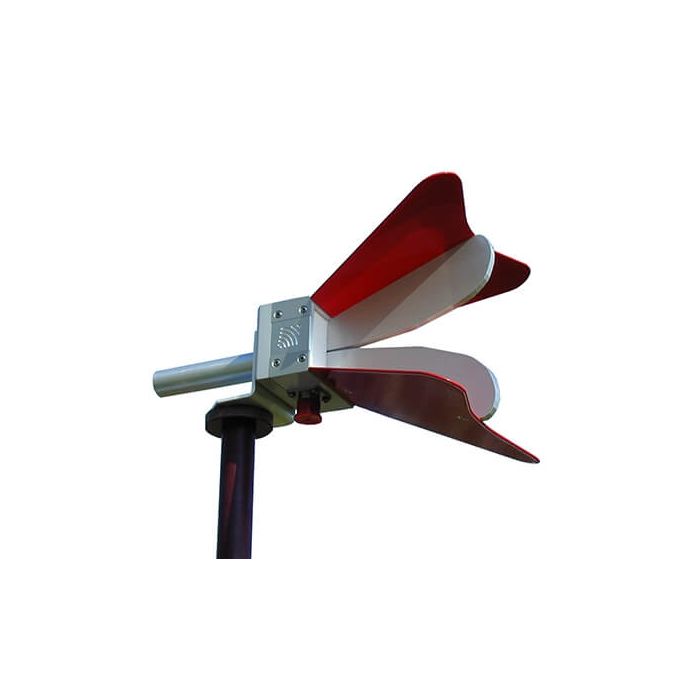We use cookies to make your experience better. To comply with the new e-Privacy directive, we need to ask for your consent to set the cookies. Learn more.
3117 Double-ridged Waveguide Horn Antenna
ETS-Lindgren's Model 3117 Double-ridged Waveguide Horn is the latest addition to a family of double-ridged waveguide horns for microwave and EMC measurements.
ETS-Lindgren's Model 3117 Double-ridged Waveguide is a the latest addition to a family of double ridge waveguide horns for microwave and EMC measurement from ETS-Lindgren. This model corrects the lower gain at the upper end of the frequency range, commonly found in ridged waveguide antennas. Users of this antenna benefit from uniform illumination of target surfaces and accurate gain measurement. In addition, the 3117 exhibits high gain and low VSWR across its operational frequency band, accepting moderate power input of 300 watts. The electrical characteristics of this antenna were designed and modeled using powerful workstations running electromagnetic simulation software. Equally important, experienced RF engineers worked with our manufacturing team to produce a practical and affordable realization of the modeling process. All production units are individually calibrated at our A2LA accredited lab.
Features
Single Lobe Radiation Pattern
The model 3117 maintains a single main lobe pattern in the direction of the horn axis over its frequency range. This characteristic is essential for even distribution of electromagnetic energy on a target surface, and accurate measurement of gain and vector information. The model 3117’s unique design suppresses the propagation of high order modes. The result is an antenna with a well-defined single lobe radiation pattern that outperforms other antennas in its class.
Ultra Broadband
The model 3117 sweeps from 1 GHz to 18 GHz without stopping for band breaks, making it ideal for automated testing. It has the widest usable frequency range of any antenna in its class, with no performance degradation from high order modes.
Power Input
The model 3117 uses a Type N connector and accepts up to 300 watts of continuous input power with up to 500 watts of peak power. The antenna’s high gain and low VSWR over its operating frequency translates into efficient amplifier use and high field strengths.
Uniform Gain, Low VSWR
This antenna has a more uniform gain and antenna factor because of the better behavior of its radiation pattern. Since the pattern is stable over frequency, the gain and the AF also remain stable. Similar antennas of this class exhibit large variations of the gain and the AF as the frequency increases.
